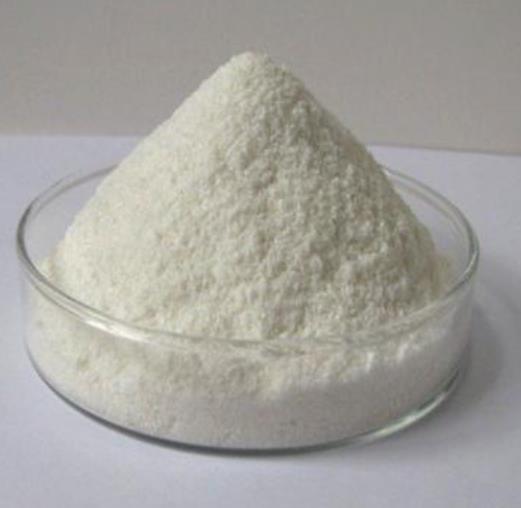Active Pharmaceutical Ingredients (API), popularly speaking, are the raw materials of medicines, only pharmaceutical raw materials are processed into pharmaceutical preparations , can they become medicines available for clinical use, so drugs we usually eat are the finished drugs through processing. Active Pharmaceutical Ingredients based on its sources can be divided into two major categories ,including chemical synthetic drugs and natural chemical drugs. Chemical synthetic drugs can be divided into organic synthetic drugs and inorganic synthetic drugs. Inorganic synthetic drugs are inorganic compounds ( very few is element), such as aluminum hydroxide, magnesium trisilicate which are used for the treatment of gastric and duodenal ulcers ; organic synthetic drugs are mainly composed of drugs made by basic organic chemical raw materials, through a series of organic chemical reactions (such as aspirin, chloramphenicol, caffeine, etc.). Natural chemical drugs ,based on its sources,can be divided into two categories including biochemical drugs and plant chemical drugs. Antibiotics are generally made by the microbial fermentation, which belongs to the biochemistry category. A variety of semi-synthetic antibiotics occurs in recent years,which are biosynthesis and chemical synthesis combining products.Among active Pharmaceutical Ingredients, the organic synthetic drugs varieties, yields and values have the largest proportion,which are the main pillars of the chemical and pharmaceutical industries. The quality of active Pharmaceutical Ingredients decides whether the formulation is good or bad , so its quality standards are very strict ,countries in the world have developed national pharmacopoeia standards and strict quality control methods for its widely used active Pharmaceutical ingredients.
Unveiling Doxycycline Hyclate: An In-Depth Analysis
Doxycycline hyclate, a widely recognized and utilized antibiotic, plays a crucial role in the medical and chemical fields.
Oct 22,2024 APIVitamin D3: Mechanism of Action and Role in Folliculogenesis Regulation
Vitamin D3 regulates gene expression via vitamin D receptor and MARRS, crucial for female fertility by influencing folliculogenesis and oocyte maturation.
Oct 22,2024 APILamivudine: A Comprehensive Overview
Lamivudine is a prescription nucleoside reverse transcriptase inhibitor (NRTI) that is used in combination with other drugs as antiviral treatment for human immunodeficiency virus type-1 (HIV-1) and a
Oct 22,2024 APITri-tert-butylphosphine tetrafluoroborate: Overview and Role in Catalytic Reaction
Tri-tert-butylphosphine tetrafluoroborate catalyzes reactions, like α-arylation and Sonogashira coupling, with stability and sterically controlled precision, crucial for complex molecule synthesis.
Oct 22,2024 API2-ethyl-4-methylimidazole: a comprehensive analysis from chemical structure to industrial applications
2-Ethyl-4-methylimidazole (EMI-24) is an imidazole compound that is widely used as a curing agent in a variety of epoxy resin systems.
Oct 22,2024 APIVanillic Acid: A Promising Phenolic Compound with Cardioprotective Potential
Vanillic acid mitigates doxorubicin-induced cardiotoxicity via antioxidant and anti-inflammatory mechanisms, promoting cardiovascular protection and health.
Oct 22,2024 API(Trifluoromethyl)trimethylsilane: Transformative Role in Modern Organic Synthesis and its Preparation Method
(Trifluoromethyl)trimethylsilane is vital in organic synthesis for introducing CF3 groups, enhancing compound stability and properties, with safe, efficient, and environmentally friendly methods.
Oct 22,2024 APIVanadyl Acetylacetonate: A Versatile Coordination Compound in Chemistry
Vanadyl acetylacetonate, VO(acac)2, is the simplest β-diketonate. Its structure was found by using X-ray diffraction and Fourier transform IR spectroscopy.
Oct 22,2024 APILuminol in Chemiluminescence: Methods, Mechanisms, and Uses
Luminol is a white-to-pale-yellow crystalline solid that is soluble in most polar organic solvents but insoluble in water. It exhibits chemiluminescence with a blue glow when mixed with an appropriate
Oct 22,2024 API4-Chloro-3,5-Dimethylphenol: Anticancer Activity and Toxicity
4-Chloro-3,5-dimethylphenol inhibits colorectal cancer via Wnt/β-catenin pathway, but its toxicity in zebrafish raises human health concerns.
Oct 22,2024 API












